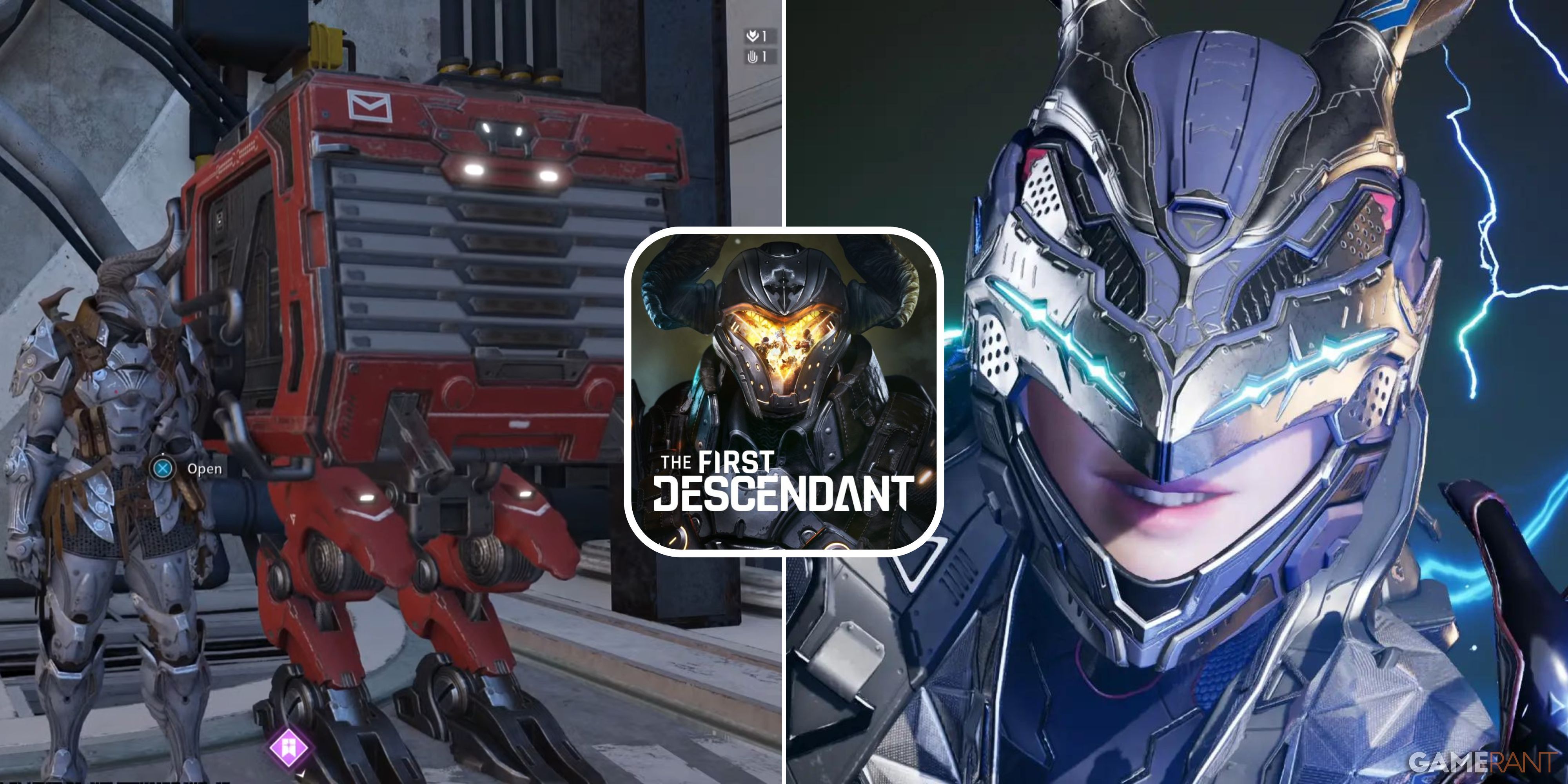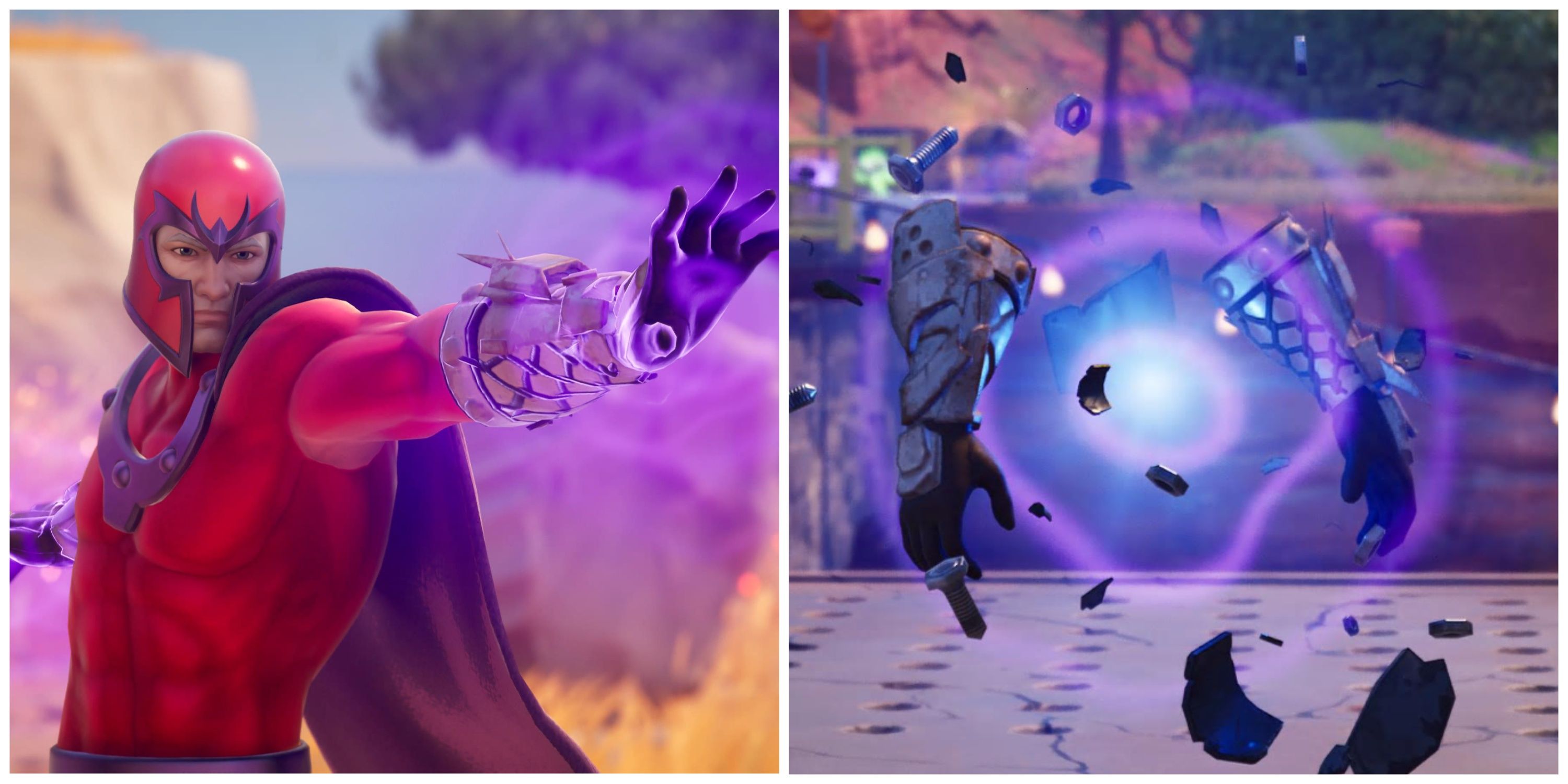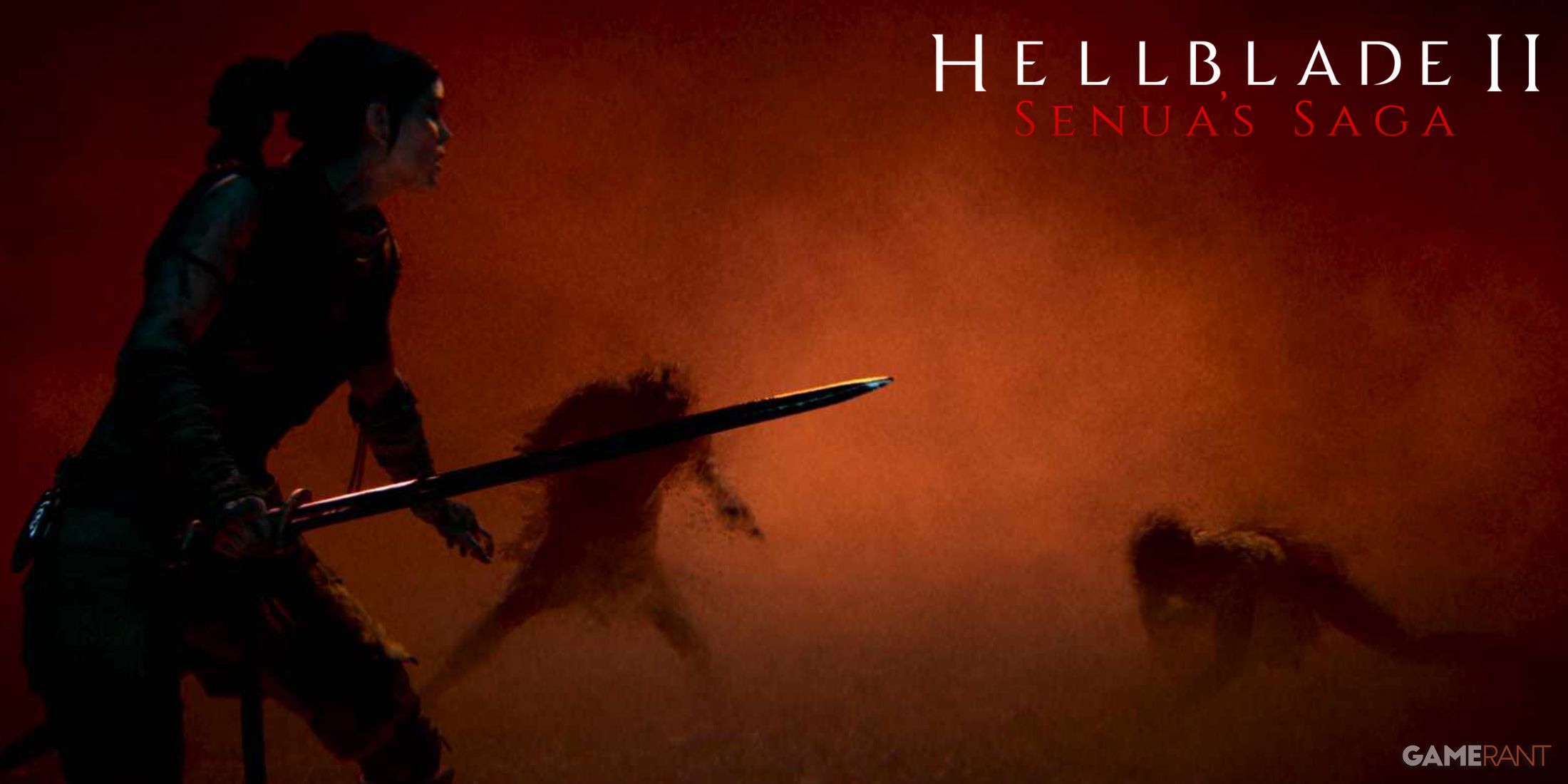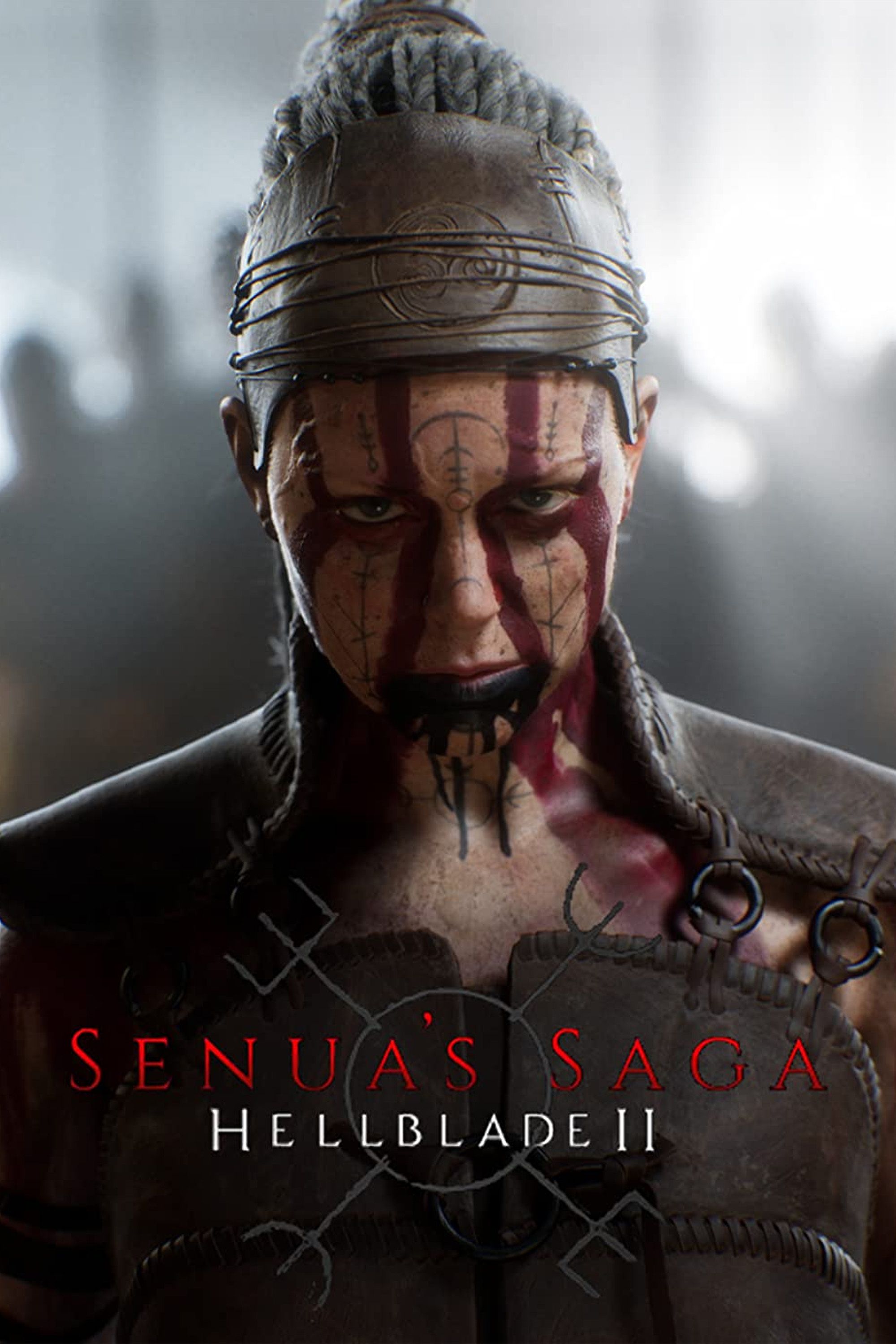Highlights
- Norse mythology plays a crucial role in Hellblade 2, with the game drawing inspiration from various elements of this folklore.
- The Draugr are a central threat in Hellblade 2, portrayed as deceased spirits inhabiting their corpses, adding to the game's horror.
- Senua's Saga: Hellblade 2 is a short, intense experience that immerses players in Norse mythology and psychological horror, and that includes facing the Draugr.
Norse mythology has become a pretty popular source of inspiration for the video game world over the last few years, and Hellblade: Senua's Sacrifice was one of the first in recent memory to fully embrace that particular folklore. From fighting Hela herself to solving Valravn's puzzles to learning about various gods and the Nine Realms, Hellblade is fully entrenched in Norse mythology, as is its recently released sequel, Senua's Saga: Hellblade 2.
Though it takes a little while for it to rear its head properly, Senua's Saga: Hellblade 2 has plenty of Norse mythology baked into its DNA. One of the main story beats of Hellblade 2 is that Senua needs to "kill" a series of Giants across the land. Along the way, she encounters a horrifying threat ripped right out of Norse mythology: the Draugr.
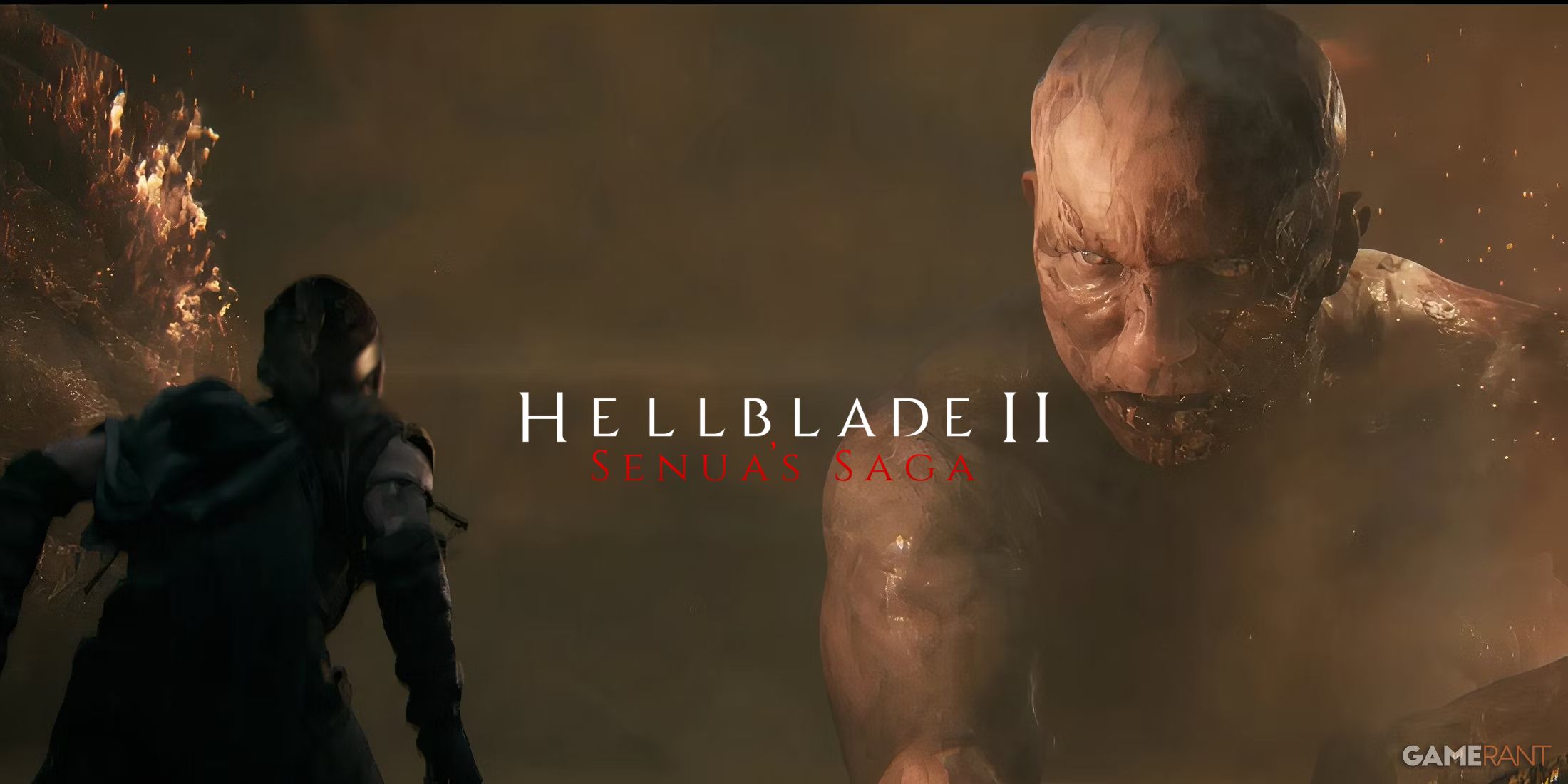
Hellblade 2 Proves the Value of Smaller-Scale Games
Senua's Saga: Hellblade 2 clocks in at just 5-6 hours, but while some fans are disappointed, others feel the game suits this length perfectly.
The Lore of Hellblade 2's Draugr Explained
When players first encounter the Draugr in Senua's Saga: Hellblade 2, they're portrayed as some kind of cult, ripping their slaves apart limb from limb. In most interpretations of Norse mythology, the Draugr are essentially zombies, deceased spirits that have reinhabited their corpses. Though Senua ends up fighting a few of these Draugr, it's never made entirely clear what these beings are.
A few hours into Senua's Saga: Hellblade 2's main story, players get a few hints at how the Draugr came to be in this world. After convincing the Hiddenfolk that she's the chosen one, Senua bears witness to a mystical retelling of the island's history. During this sequence, players learn that the land was thrust into chaos years ago when a volcano erupted and wreaked havoc on the nation's crops. With no food, people began to starve, and as a result of their starvation, many began to lose their sanity. It's heavily implied that the Draugr are what became of these people, forced to kill and eat one another to keep their hunger at bay.
It's never directly revealed whether these Draugr are actually undead beings or if they're simply a crazed tribe of cannibals, but either way, they pose a very real threat to Senua.
The Draugr Lean Into Hellblade 2's Horror
While the first Hellblade leaned into its psychological horror elements often, Senua's Saga: Hellblade 2 embraces them fully, while also adding in a splash of body horror and gore for good measure. Naturally, as the game's main enemy, the Draugr are at the heart of most of Hellblade 2's horror, and they're used in some pretty interesting ways.
The first time players encounter the Draugr is during the ritual scene, in which it's implied that the Draugr are breaking bones, tearing off limbs, and torturing their victims. As players don't witness this violence directly, it builds a sense of unknown horror, and allows their imagination to fill in the gaps. By the time players are forced to fight the Draugr, they're likely already quite intimidated by their presence, something that's eventually reinforced by the fierce visual design of their character models. The second major encounter with the Draugr in Hellblade 2 sees Senua having to navigate a claustrophobic cave network. It's a sequence that feels heavily inspired by the modern horror classic The Descent, as Senua is stuck in tight caverns and passageways with the now-zombie-like Draugr lurking around every corner.

